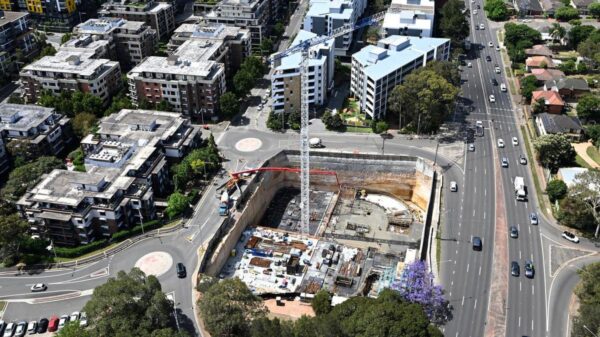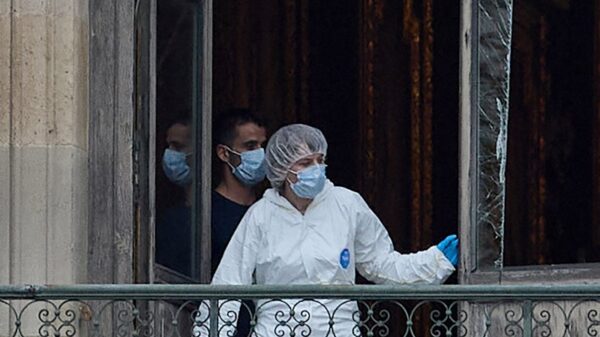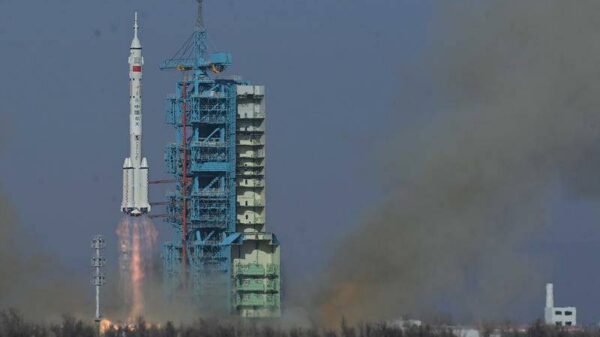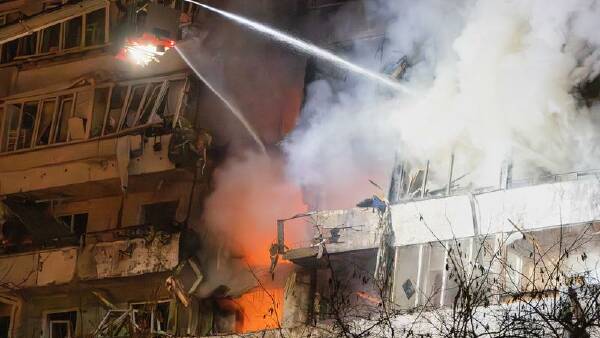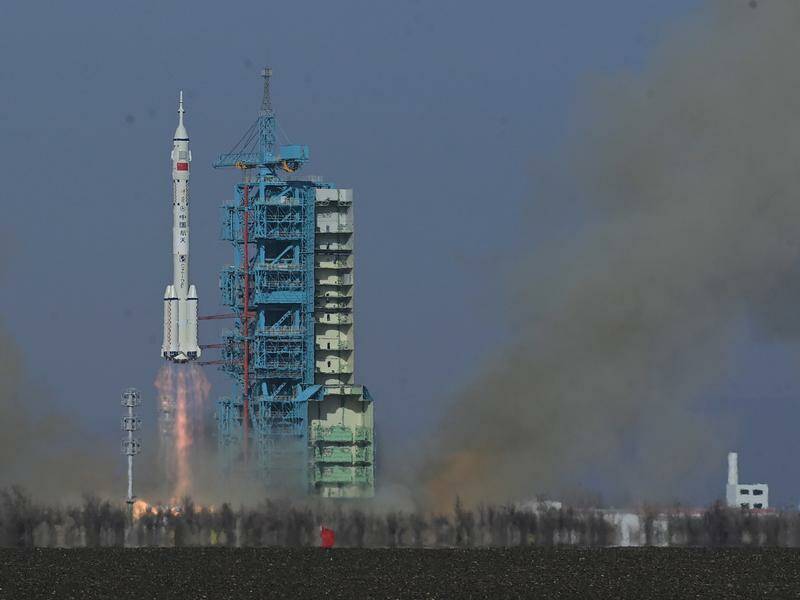China has successfully completed its first emergency space mission to address safety concerns at its Tiangong space station. The unmanned Shenzhou-22 spacecraft launched from the Jiuquan Satellite Launch Centre in northwest China at 12:11 PM local time on November 14, 2023. This action was necessitated after the Shenzhou-20 vessel sustained damage in orbit, rendering it unfit for a scheduled return.
The launch, confirmed by the China Manned Space Agency (CMSA), marked a significant achievement for the nation. In a statement, CMSA stated, “The spacecraft successfully separated from the rocket and entered its planned orbit. The launch mission was a complete success.” Video footage released by state broadcaster CCTV showcased the rocket ascending against the backdrop of Earth, capturing the moment of separation.
The Shenzhou-22 spacecraft successfully docked at the Tiangong space station at 3:50 PM local time. This was a critical operation given that the Shenzhou-20 mission, originally intended to return three astronauts to Earth on November 5, was jeopardized when its return capsule was compromised by suspected space debris.
In response to this incident, the CMSA initiated the emergency launch of the Shenzhou-21, which had previously arrived at the space station in late October carrying a new crew. The premature departure of Shenzhou-21, six months ahead of schedule, left the astronauts aboard the Tiangong without a flightworthy vehicle for 11 days, raising safety risks that the arrival of Shenzhou-22 has now alleviated.
CMSA official He Yuanjun remarked on the significance of the mission, stating, “This emergency launch is a first for China, but I hope it will be the last in humanity’s journey through space.” The agency’s commitment to safety and reliability remains paramount as it navigates the complexities of human spaceflight.
The Shenzhou-22 mission included essential supplies for the astronauts, such as medical resources and replacement parts for the Tiangong station. It also transported equipment to repair the window crack on Shenzhou-20. Alongside these necessities, the crew received fresh produce, chicken wings, steak, and cake, which can be prepared using a “space oven” installed within the station.
The spacecraft is expected to remain docked at the Tiangong space station until approximately April 2026, when it will facilitate the return of the crew from the Shenzhou-21 mission. This successful emergency launch underscores China’s growing capabilities in space exploration and its commitment to ensuring the safety of its astronauts.

